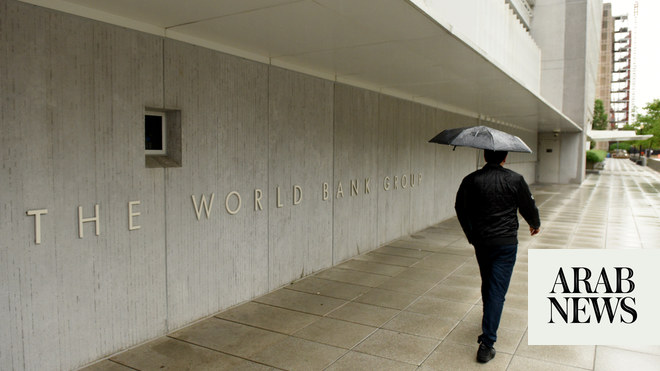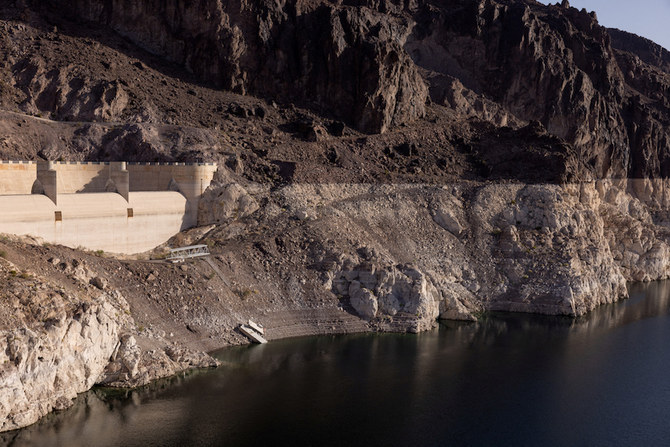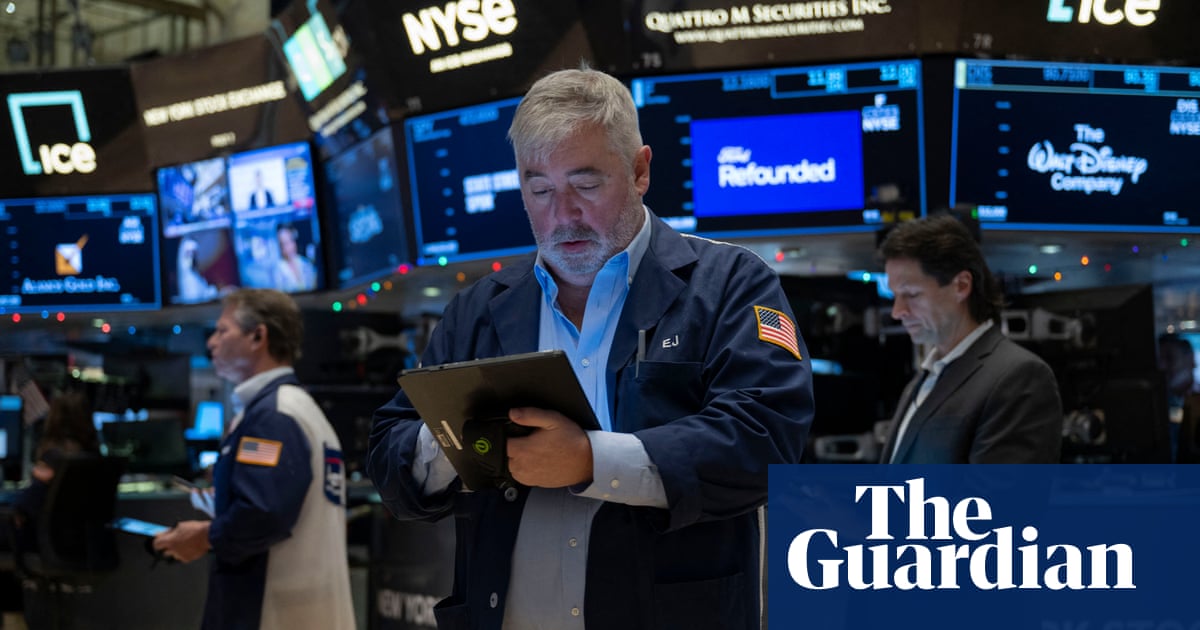
Global equity markets are eagerly awaiting the end of what has been a volatile October. Major benchmark indexes in Asia, the United States and Europe are, in general, deeply negative, with geopolitical risks widely viewed as a rising headwind.
Yet while the markets now appear to be taking fright at the growing array of such risks, international political turbulence has been a recurring feature of the global landscape for several years now. This includes the rise of anti-establishment populists riding the anti-globalization mood across much of the world.
This might have reached its apotheosis in 2016, with the election of Donald Trump as US president and the United Kingdom voting to leave the EU. What was so striking about both of these events was that two countries previously known for their political stability, and being traditional rule makers of the international order, made the world a significantly more uncertain place.
At the same time, about a quarter of a century after the dissolution of the Soviet Union, market commentators Citi, along with several others, asserted that geopolitical risks are “at a 25-year high [in] the most fluid global political environment in decades”. This conclusion was echoed by the World Economic Forum’s Global Risks Report in 2016, produced with partners including Marsh McLennan and Zurich Insurance Group. In the words of John Drzik of Marsh: “Events such as Europe’s refugee crisis and terrorist attacks have raised global political instability to its highest level since the Cold War.”
Fast forward to fall 2018 and not all commentators share the view that geopolitical risks are now on the rise. For instance, Blackrock’s Global Insurance Report in September noted that “in sharp contrast to 2017 findings, concerns about geopolitical and other macro risks have subsided in almost every case — suggesting that insurers are generally more sanguine about the macro environment.”
Nonetheless, multiple market participants are connecting October’s market volatility to political risks, including Brexit, the endgame to which might be fast approaching, and disagreements between Brussels and Italy over the new budget from the populist government of the latter. Moreover, at a global level there remain significant concerns about the US-China trade dispute.
Outside of these issues, the multiple challenges now confronting the international order include the fact that Washington’s relations with Moscow are at one of the lowest points since the collapse of Soviet Communism; the continuing threat from international terrorism; the fact that the Israeli-Palestinian peace process has collapsed again; continuing instability in Syria and Afghanistan; and the ensuing migration challenges facing the European Union.
Nonetheless, multiple market participants are connecting October’s market volatility to political risks, including Brexit, the endgame to which might be fast approaching, and disagreements between Brussels and Italy over the new budget from the populist government of the latter.
Andrew Hammond
The gravity of these and other risks underlines the fact that many of the hopes and expectations of how the post-Cold War world might look have also been dashed. For instance, the vision of a universal order of liberal, capitalist, democratic states living in peace and contentment — as painted by American political scientist Francis Fukuyama and others — has been replaced by a reality in which authoritarian states such as Russia appear to many to be in the ascendancy, and several unstable countries, including North Korea, have acquired nuclear weaponry.
Meanwhile, the rise of China, which has now surpassed the United States as the world’s largest economy in purchasing-parity terms, is one of the biggest game changers in global affairs since the collapse of the Soviet Union. This development has the potential either to be a growing source of tension with Washington, as it is now, or to develop into a fruitful partnership. Growing bilateral rivalry, rather than an increasingly cooperative relationship, is especially likely if Beijing’s economic and military power continues to grow rapidly and the country embraces an increasingly assertive foreign policy stance toward its neighbors in Asia.
While we might now be in a period of higher political risk, the contemporary global environment potentially also contains multiple opportunities for greater stability in international affairs. One example of this is the 2015 global climate-change deal agreed in Paris.
While the agreement is by no means perfect, and the Trump team is withdrawing the participation of the US, it nonetheless represents a welcome shot in the arm for attempts to tackle global warming and, crucially, a new post-Kyoto treaty framework has been put in place. Moreover, the review framework means that countries can toughen their responses to climate change in the future, especially if the political and public will to tackle the problem increases over time.
Paris, then, potentially is a very important stepping stone and what is now needed are well-informed lawmakers from across the political spectrum to help ensure its effective implementation and hold governments to account so that it truly delivers.
Taken overall, while political risks might now be rising, there are also significant opportunities on the international horizon that can drive greater stability in international relations.
Going forward, as the current US-China tensions show, perhaps the key uncertainty is the direction of that bilateral relationship in coming years. It could become a force for significantly greater global instability and tension, or a much deeper, collaborative strategic partnership.
Andrew Hammond is an Associate at LSE IDEAS at the London School of Economics
Disclaimer: Views expressed by writers in this section are their own and do not necessarily reflect Arab News" point-of-view












